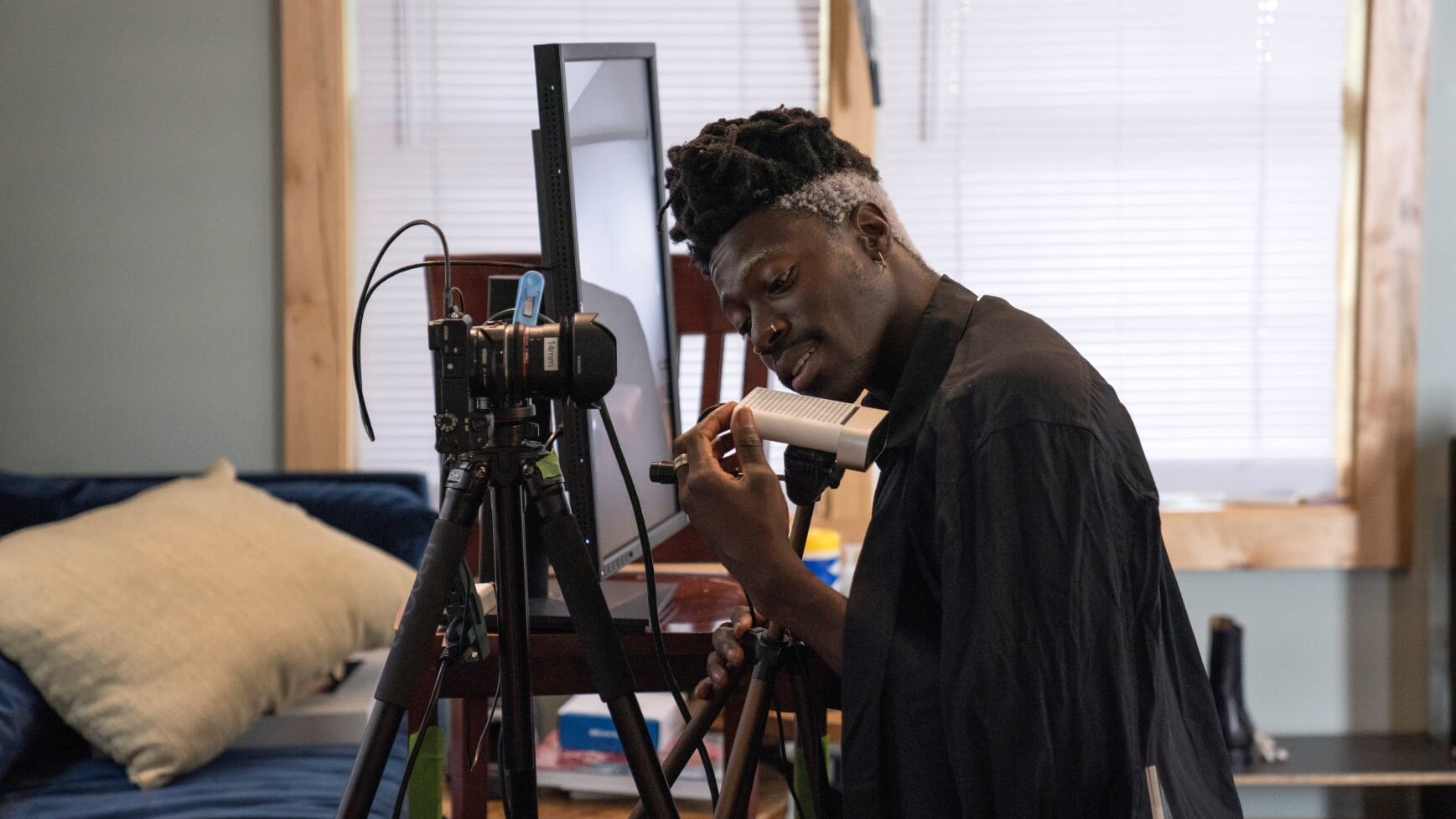In his life and music, Moses Sumney defies genres and easy categorizations.
The son of Ghanaian immigrants who grew up in Southern California and in Ghana, he’s used to straddling worlds. While he studied creative writing in college, he was also trying to get a foothold on a music career. With the new release of his second album, “græ,” it proved impossible for reviewers to pin it down, other than pointing out that it encompassed a spectrum of musical influences and messages.
“My life experience has been patchwork and piecemeal. It’s a culmination of many contrasting narratives and cultures, all jaggedly sewn together,” Sumney says. “My artistic vision tends to emerge the same — a mixture of a lot of stuff that doesn’t usually blend.”
In visual interpretations of his music, he goes big and bold in his willingness to experiment: He chose his latest single, “Bless Me (Live from Home)” to create a video that merges a live performance with abstract 3D animation using Microsoft Azure Kinect — all from his home in Asheville, North Carolina. It debuted Aug. 31 on Sumney’s YouTube and Instagram channels.
Originally, the plan was to do a museum installation using Azure Kinect. He says it was to be “an experiential piece exploring isolation and solitude,” an idea that became even more meaningful with the global health pandemic but also impossible to pull off as something music fans would need to experience in person.
Under stay-at-home orders, he and his creative team reworked the idea.
Sumney is grateful the album’s debut this year — in two parts in February, then May – coincided with the pandemic and came out before widespread protests against racial injustice began last month, so that it might be able to help others in some way.
“It is an album largely about isolation, so I’ve been told that it fits the current moment,” says the musician. “I have found that people – especially Black people – have found solace in the album; not just as an escape from the horrors of this current moment, but they’re healing through it as it gives them language to process it.”
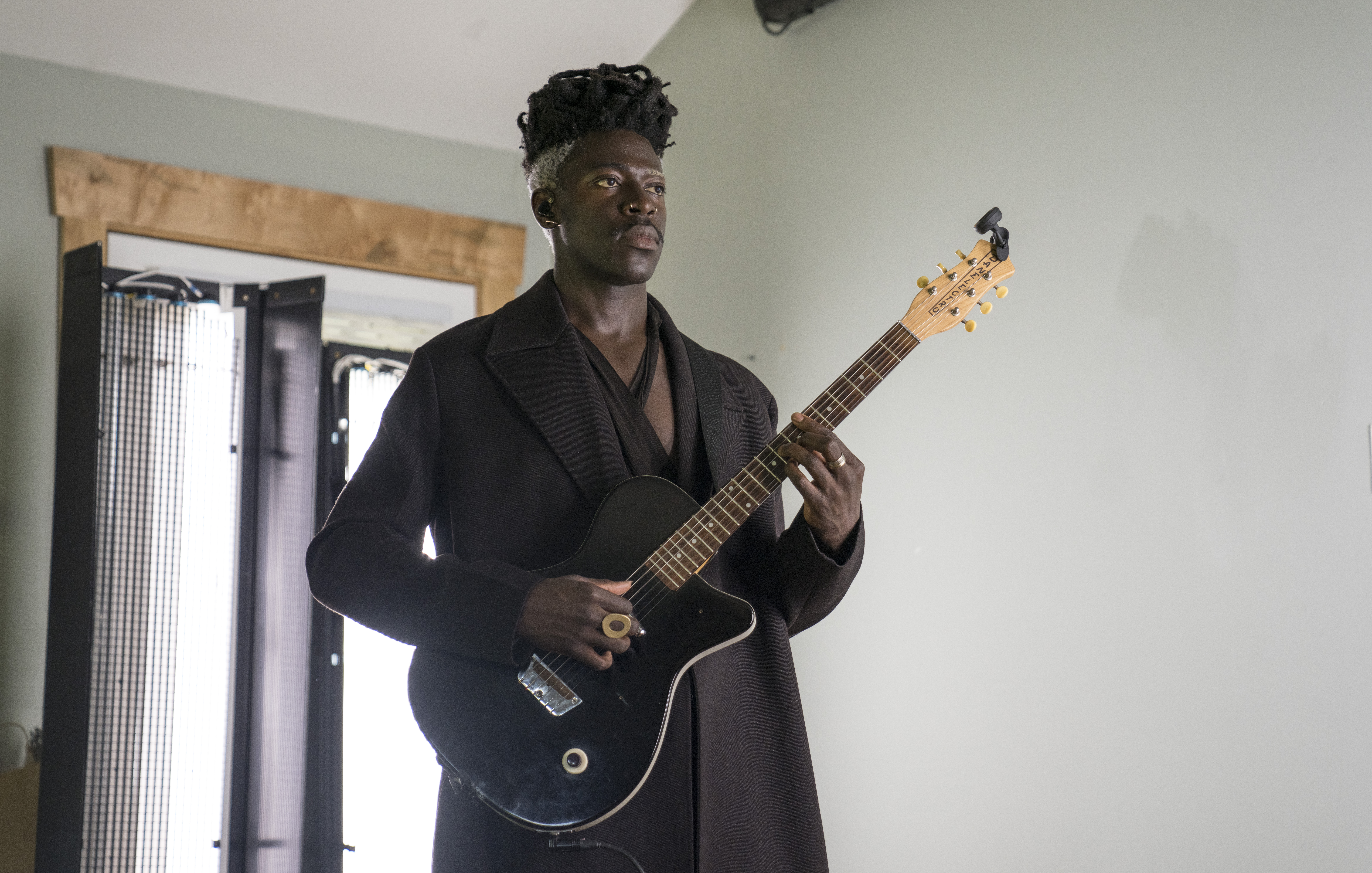
For this video, he says he asked himself, “How can I make compelling art during social distancing, about isolation, without being redundant or insensitive? How can I continue to produce live versions of the album and share them with the public?”
His answer: “A live performance that feels elevated beyond a typical live video, employing hyperreal visual effects that take the viewer on a spiritual journey.”
The Azure Kinect helps convey those contrasts, as a digital Sumney intersects with the real one in this video.
The device gives the ability to capture 3D depth, motion and human form, with a camera that has 4K resolution. Artists like Sumney can use it to create transformations, shifts and changes within a piece thanks to one of its key components: depth sensing, leading to an immersive 3D experience.
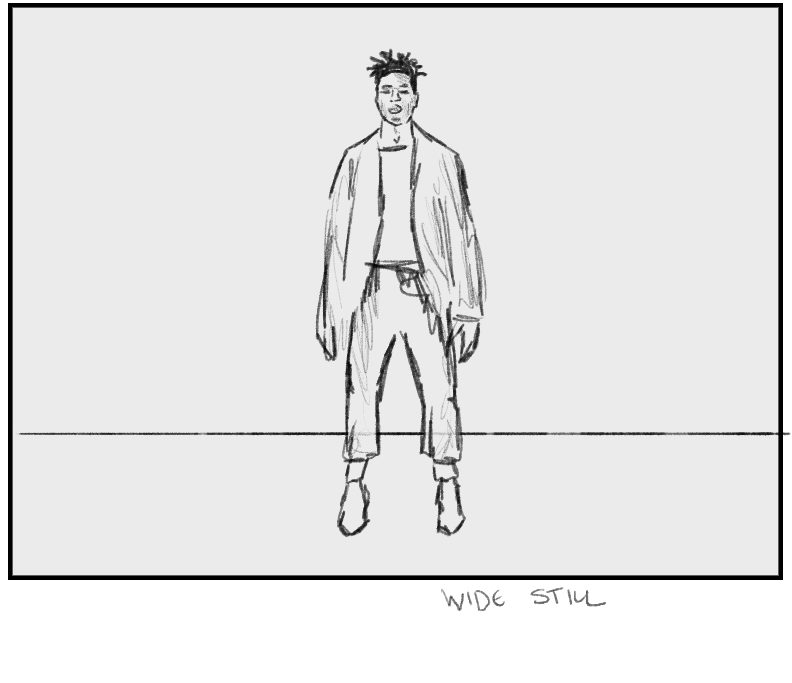
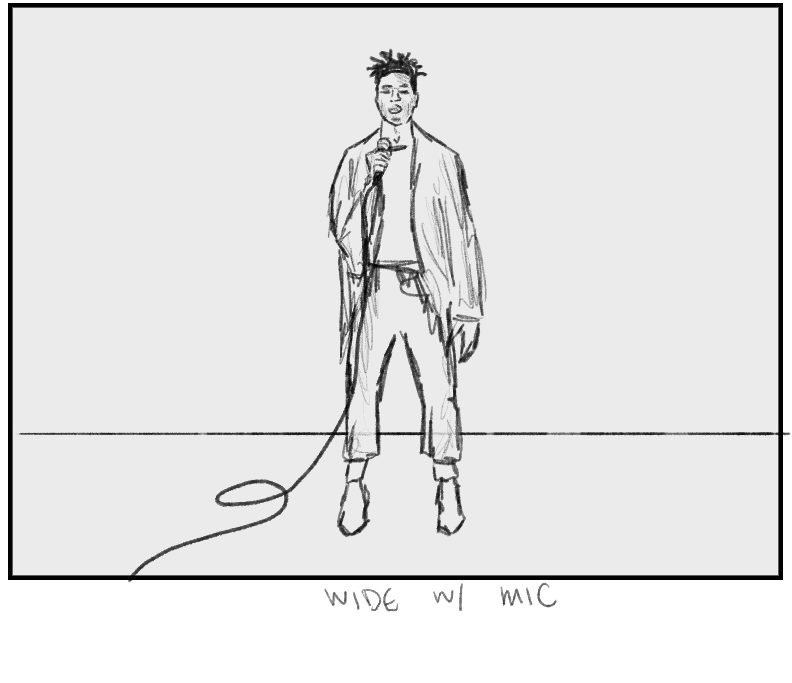
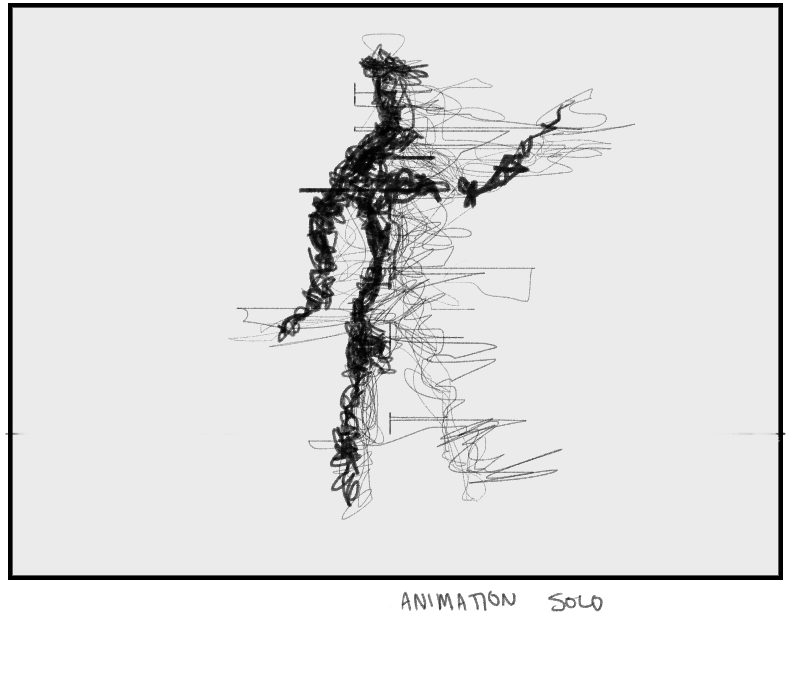
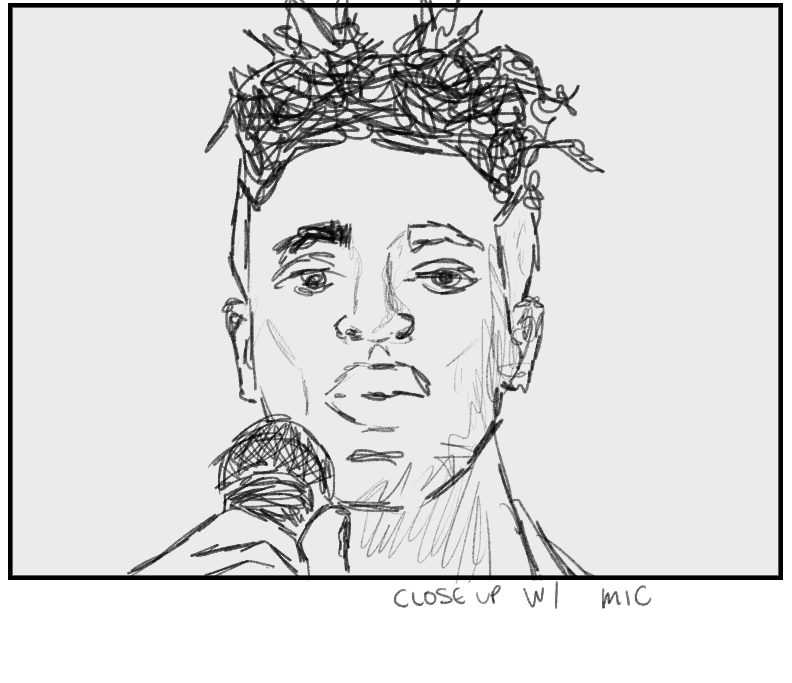
Sumney’s creative team worked with the Azure Kinect developer kit (DK), which gave them the ability to tailor Azure Kinect to their needs and quickly work with the data.
As he moved to the song, Azure Kinect sensors tracked his body in real time, capturing it as skeleton data. Point cloud data — which look like little dots — gave him 3D positions in space that represent depth. An RGB camera is a part of the sensor and is integral to depth, mapping color to those points and adding textures that wouldn’t normally show up in two-dimensional productions.
Sumney transferred that information to Luigi Honorat, a visual artist based in Tokyo, who then animated the singer for parts of the performance.
“Kinect let us make an augmented reality piece from my living room, with software that is layman enough to captain myself — a feat I never expected to be possible,” Sumney says.
Ronan Jenkins, Azure Kinect product marketing manager, says Sumney is leading the way with a technology that is “really beginning to gain momentum.”
“We’re defining this road as we go along,” Jenkins says. “The early adopters at the forefront of this technology are incorporating it into their craft. There are not many devices that enable people to aggregate spatial data, so they’re interacting in ways that have never been possible before to create new transformative experiences.”
Sumney, who’s always been interested in the intersection between humans and machines, says the experience gave him a way to find “a synthesis between art that feels raw, organic and sincere; and art that exploits technological advancements — often in order to produce a critique of that same technology or modern society.”

His creative collaborator, Sam Cannon, worked with Sumney using an Azure Kinect device from her home in Brooklyn. She says she aims to create images that can transport the viewer into a thought or feeling. Her process for creating videos is similar to recording music in that she gleans elements from videos and photos, then layers and mixes them together.
“I wanted to create an experience for Moses’ audience that would at first feel familiar and then offer a beautiful surprise,” she says. “To entice what people expect to be a lo-fi homemade performance and then see it blossom into so much more.”
Visual artist Honorat found inspiration for the animations in topographic maps and Rorschach tests.
A first-timer working with Azure Kinect, Cannon says she was excited to find the right tools to introduce new ways for Sumney to manipulate and control the raw data they gathered through the performance and the technology.
“We are lucky to have found each other because we are both very instinctual but also have similar aesthetic taste. It allows us to quickly bounce ideas and get to the core of how we want to illustrate a song,” says Cannon. “Moses is a great collaborator because he is simultaneously very open but also knows what he wants.”
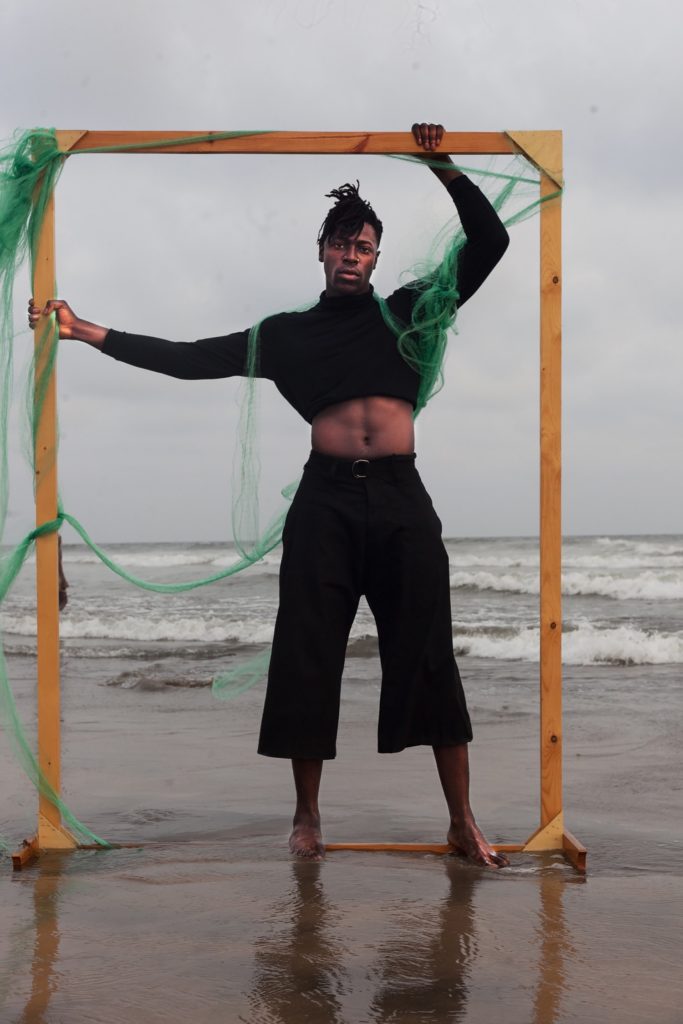
Cannon says she has also been lucky to grow and create alongside someone like Sumney; their collaborations span more than 16 videos, a month-long physical installation and late-night TV debuts.
“I can’t deny how much I miss working alongside people and creating physical installations. This year has been trying, lonely and filled with many days in which I have no desire to make anything,” she says. “But it has also offered new challenges, new ways to connect, and perhaps above all: hope.”
While many parts of the world are going through different phases of lockdown, an artist’s social media channels present a way to reach an audience that is mostly still tethered to their devices instead of heading out at night.
“A lot of artists have used the limitation as a creative springboard; heightening production-values and using technology to augment their would-be stripped-down performances,” says Robby Morris, creative director at Secretly Group, Sumney’s label. “During lockdown, the playing field is a bit more level, as many artists are able to produce and re-record their performances, but are also hindered by the equipment and locations in their immediate reach.”
This time, Morris says, using Azure Kinect helped Sumney hone some of the elements that made live shows so special, highlighting movement and dynamic visuals.
“It’d be easy enough to provide an acoustic, single track performance from a living room,” he says. “But with this technology, we’re able to bend reality into something that’ll keep fans returning to over and over.”
Read more about Sumney on In Culture.
Lead photo: Moses Sumney set up the Azure Kinect at home in his living room, along with a monitor and camera so that his co-director Sam Cannon could direct and capture his movements remotely. (Photo by Spencer Kelly)
Sketches provided by Sam Cannon.

